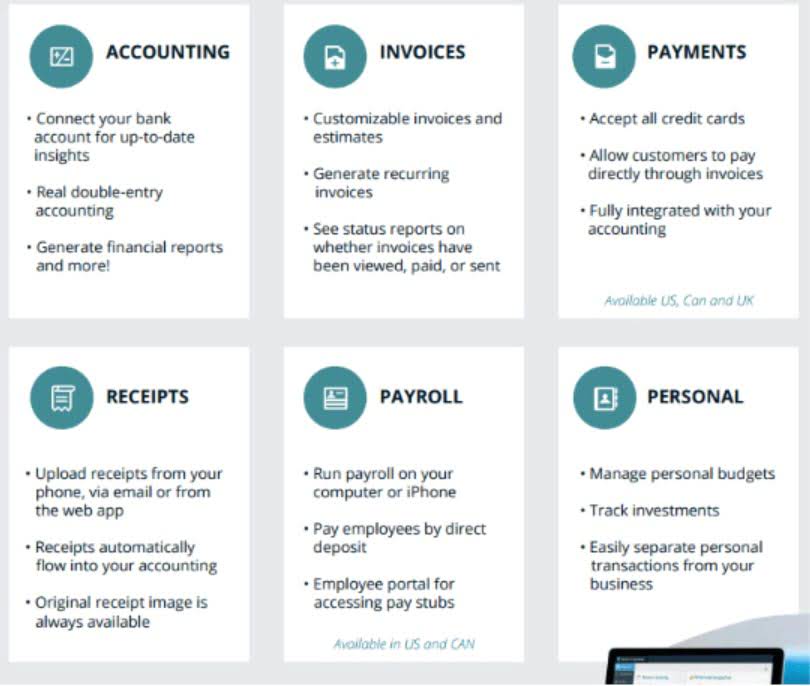
Most accounting software allows you to create an unearned revenue account and record transactions accordingly. It’s crucial to update this account as goods or services are delivered and revenue is earned. Later, once you deliver the goods or services, you'll make a second entry to recategorise this liability as earned revenue. balance sheet At this point, you'll debit the unearned revenue account and credit your revenue account. Unearned revenue is classified as a liability because it represents an obligation to the customer.

Because it’s technically money you owe your customers

The cash received increases the company’s assets, while simultaneously creating an obligation to the customer. A similar term you might see under liabilities on a company’s balance sheet is accrued expenses. Every journal entry of unearned revenue must also account for GST implications. When you receive a prepayment, you might need to pay GST right away – even before you've actually delivered the goods or services. Keep good records and don't be afraid to chat with a tax professional who can help you navigate the specifics.
- In other words, the revenue is received in advance of service or product provision.
- Deferred revenue, also referred to as unearned revenue, occurs when a company receives payment from a customer for goods or services that have not yet been delivered.
- Advance payments for future services, like airline tickets purchased months before a flight or rent collected for a future period, are also classic instances.
- This liability is a result of revenue being recognized before the work is fully performed.
- When a customer prepays for a service, your business will need to adjust its unearned revenue balance sheet and journal entries.
- The way in which unearned income will be calculated depends on whether you’re using accrual or cash-based accounting.
Further reading: What is Tax Liability? Definition, Calculation, and Examples
Initially, when a business receives an advance payment, it debits its cash account, increasing its assets, and simultaneously credits an unearned revenue account, increasing its liabilities. This initial entry reflects the inflow of cash but accurately portrays that the money has not yet been earned. Both unearned revenue and accounts receivable are prominently featured on a company’s balance sheet, a financial statement that provides a snapshot of assets, liabilities, and equity at a specific point in time. Unearned revenue is typically classified as a current liability, reflecting the company’s obligation to provide goods or services within the next year. In summary, deferred revenue is a vital accounting concept for businesses across industries that operate with prepayments, subscriptions, or long-term contractual obligations. Properly managing and recognizing unearned revenue is crucial to maintain accurate financial statements, align with GAAP and IFRS standards.
- Unearned revenue is typically listed under current liabilities if the obligation is expected to be settled within a year, helping stakeholders analyze short-term financial health.
- The unearned revenue journal entry can be recorded in both liability and income methods.
- This transformation requires careful monitoring to ensure financial statements accurately reflect the company’s performance and obligations.
- As you can see there is a heavy focus on financial modeling, finance, Excel, business valuation, budgeting/forecasting, PowerPoint presentations, accounting and business strategy.
- Unearned revenue refers to payments a business receives before delivering goods or services.
- It is not recognized as income until goods or services are delivered, which is why unearned revenue is a liability on the balance sheet.
A few practical things to know about deferred revenue

While deferred revenue is classified as a liability, accrued revenue is an asset. Both are crucial for accurate financial reporting, ensuring that revenue is recognized in the correct periods. The related account for advance payment that they received should be recognized as a liability in the balance sheet; no revenue should be recorded in the income statement yet. For instance, a customer pays for a year-long subscription to an online streaming service upfront.
Unearned Revenue Management
As you can see, the unearned revenue will appear on the right-hand side of the balance sheet in the current liabilities column. After James pays the store this amount, he has not yet received his monthly boxes, so Beeker’s Mystery Boxes would record $240 as unearned revenue in their records. James enjoys surprises, so unearned revenue a liability he decides to order a six-month subscription service to a popular mystery box company from which he will receive a themed box each month full of surprise items.
James pays Beeker's Mystery Boxes $40 per box for a six-month subscription totalling $240. When handled well, unearned revenue can strengthen your cash flow while enabling your business to meet its future commitments effectively. In this section, we will explore certain industry-specific considerations for unearned revenue, diving deeper into service and subscription models as well as publishing and prepaid services. By employing effective cash management strategies and robust risk assessment techniques, companies can navigate the intricacies of unearned revenue management. Adopting these practices will promote financial stability https://spiritdelart.net/2021/04/26/intangibles-valuation-purchase-price-allocation/ and growth while maintaining customer satisfaction and trust. Discover how core financial concepts differ and why certain income received in advance is treated as an obligation.
As the company provides the goods or services, the deferred revenue is recognized incrementally. Revenue recognition aligns with the fulfillment of the service or delivery of goods, and the journal entries are adjusted accordingly. Although the company receives payment, its obligation to deliver future goods or services justifies classifying it as a liability. Under the accrual basis, revenues should only be recognized when they are earned, regardless of when the payment is received. Hence, the company should not recognize revenue for the goods or services that they have not provided yet even though the payment has already been received in advance. Your income statement should not record unearned revenue until it becomes ‘earned’ revenue when the service or product is delivered.
From an accounting perspective, unearned revenue is considered a liability because it reflects the company’s obligation to its customers. This advance payment doesn’t belong to your company outright—it’s tied to a promise to deliver, making it a temporary financial commitment. Unearned revenue refers to payments a business receives before delivering goods or services. In accounting, this is not recognized as revenue until the performance obligation is fulfilled. Accurate reporting of unearned revenue is essential for maintaining transparency with stakeholders. Investors, lenders, and customers rely on financial statements to assess a company’s financial health and performance.
